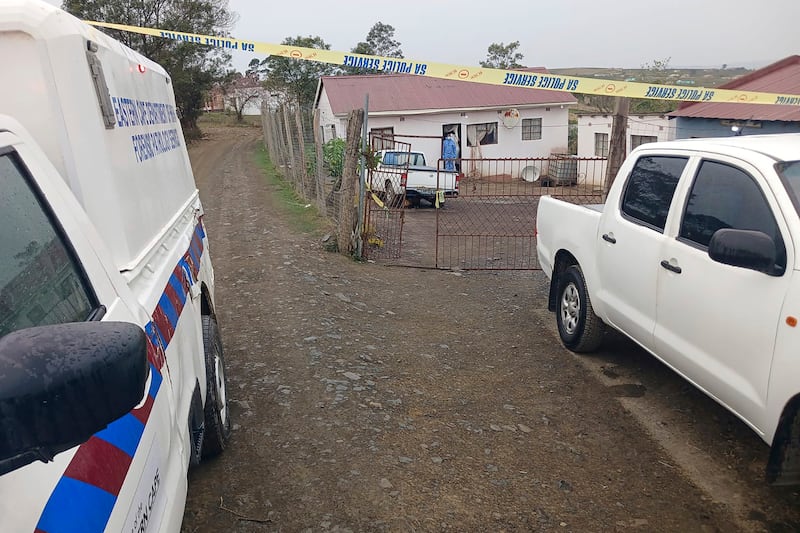Seventeen people have been killed in two mass shootings that took place close to each other in a rural town in South Africa.
A search is under way for the suspects, national police spokeswoman Athlenda Mathe said.
The victims were 15 women and two men. One other person is in a critical condition in hospital.
The shootings took place on Friday night in the town of Lusikisiki in Eastern Cape province in south-eastern South Africa.
READ MORE
Video released by police showed that the shootings occurred at two houses in the same neighbourhood.

Twelve women and a man were killed in one house and three women and a man were killed in the other house, police said.
“A manhunt has been launched to apprehend those behind these heinous killings,” Ms Mathe said.
South Africa has one of the highest homicide rates in the world and mass shootings have become increasingly common in recent years, sometimes targeting people in their homes.
Ten members of the same family – seven women and a 13-year-old boy – were killed in a mass shooting at their home in the neighbouring KwaZulu-Natal province last April.
South Africa’s homicide rate is around 45 per 100,000 people, compared to around 6.3 per 100,000 in the United States.
Most European countries’ homicide rates are around 1 per 100,000 people.
South Africa recorded more than 27,000 homicides in the 12 months from March 1 2023 to February 28 2024, which is more than 70 a day in the country of 62 million people.
Firearm laws are reasonably strict in South Africa but authorities have often pointed to the large number of illegal, unregistered guns in circulation as a major problem. – AP













